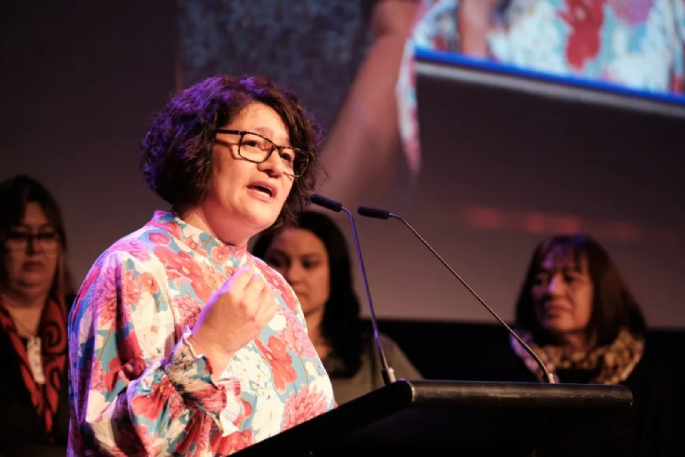"Chronic" understaffing remains the biggest issue in the health sector and will contribute to patient harm, health professionals say.
It comes after a patient died in the waiting room of Rotorua Hospital's emergency department after waiting three hours to be seen.
Health Minister Dr Shane Reti expressed his condolences to the woman's family and said he had been reassured services at the ED were safe.
Speaking to Morning Report, Rotorua general practitioner Dr Cate Mills said the situation was devastating for the woman's family and staff at the ED.
Dr Mills said wait times were a problem and health professionals were well aware they were going up and that it was getting harder to see a GP or visit an after-hours clinic.
She said it was a product of the layers of stress and strain within the system.
Dr Mills said GP clinics were seeing as many patients as they possibly could - and doing great work for the patients they did see.
She was "working harder than ever" to meet the needs of patients but lack of availability meant they could not see everyone that tried to get an appointment.
 Northland emergency doctor Gary Payinda. Photo: Supplied.
Northland emergency doctor Gary Payinda. Photo: Supplied.
Northland emergency doctor Gary Payinda said there was no "magic fix" that would cure the issues within the health sector that people had been telling governments for a long time.
Dr Payinda said the problems with understaffing needed to be repaired.
"We're lacking something like a thousand nurses, 500 GPs, specialists, mental health wards are overwhelmed, ED's are overwhelmed, and at the end of the day, there's no way around it.
"Our population has grown and we need our public services to keep up with that growth."
Payinda said the system could not have "gravely" understaffed hospitals - filled to overflowing with patients - and not expect patient harm, including deaths.
He said wards were understaffed and lacked nurses.
More nurses would allow more patients to be seen quicker in hospitals.
"At the end of the day, keeping patients out in waiting rooms or in back corridors where they get dropped off by an ambulance is not good practice, it's not best practice, it's not what Shane Reti or any of us would want for our families."
 New Zealand Nurses Organisation kaiwhakahaere Kerri Nuku. Photo: Nick Tapp.
New Zealand Nurses Organisation kaiwhakahaere Kerri Nuku. Photo: Nick Tapp.
New Zealand Nurses Organisation kaiwhakahaere Kerri Nuku said speak to any nurse and the idea that the country has an abundance of nurses is not the picture painted.
"We're still saying that there is a significantly chronic issue of this understaffing and also the skills and competencies of staff to be able to deliver the skills and expertise that are requires in any of those specialist areas."
Nuku said nurses - and doctors - remain fatigued, under pressure and burnt out.
"What we're talking about here is that this long-term, chronic understaffing heightens the risks to patient safety, patient outcomes, and also the workforce itself.
"We're seeing a really distressed, absolutely burnt-out workforce, not just nurses but doctors, all those that work across the health system, because of these types of erosion of spending, spending restraints and frontline restrictions and this penny-pinching that takes away the ability to recruit staff to these really high needs areas."
On Tuesday, Prime Minister Christopher Luxon told reporters the government was working incredibly hard to fix the "broken healthcare system" it had inherited.
"We are doing everything we can. We've got a commissioner in there now because we know we need a better performance from that organisation."
Luxon said the government had made lowering ED wait times a top priority and was focused on growing the workforce.
The coalition has set a target that 95 per cent of patients be admitted, discharged or transferred from an emergency department within six hours.
-RNZ



0 comments
Leave a Comment
You must be logged in to make a comment.